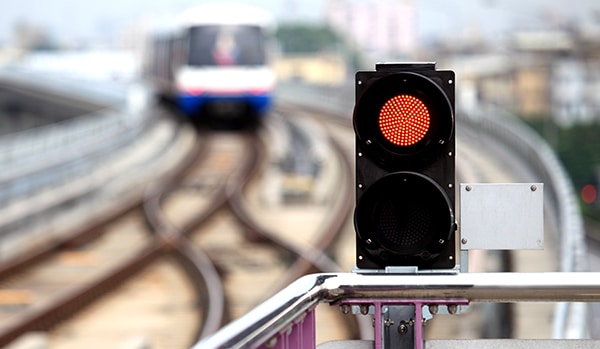• The company has carried out an intense cooperation together with Bombardier in order to integrate the communication system with signalling application at Zhetygen – Altynkol line, project developed for Kazakhstan Temir Zholy (KTZ) that has certified the correct integration
• The network was deployed on 300 Km length railway line and has successfully proven its efficiency and reliability, providing operational and signalling data and voice services over a single infrastructure
• This project, added to previous experiences, makes Teltronic leader in the integration of radiocommunications systems with signalling applications
Zaragoza. September, 2nd 2019.
Kazakhstan Temir Zholy (KTZ), Kazakhstan passenger and freight rail operator company, has certified the successful integration of Teltronic’s TETRA solution with the ETCS (European Train Control System) provided by Bombardier Signaling company, responsible for the signalling application at Zhetygen – Altynkol line.
This achievement is the result of an intense cooperation between both companies, in which Teltronic and Bombardier engineers carried out a coordinated project. In this way, after the successful laboratory integration developed in Gothenburg, the system was deployed on a railway line of 300 Km length where different density of the locomotive traffic on the signalling system was applied.
The tests in the field demonstrated and it is recognized by KTZ, that the complete system solution, Integrated by TETRA NEBULA infrastructure and EN50155/EN45545 on board equipment, works stably on the whole back and forth track, under regular and high load traffic operation of signalling system, according to the requirements and specification.

“TETRA is spectrally more efficient, has a greater range of functions, and is significantly cheaper than GSM-R; that’s why this technology is breaking through even in European countries, where GSM-R is the commonly deployed technology in signalling systems. In other places of the world, where customers can choose the technology to support ETCS, TETRA becomes a very interesting option, especially in those countries that don’t have allocated spectrum to GSM-R for transport”, highlights Felipe Sanjuán, Teltronic’s Transport Business Development Director, who also emphasizes Teltronic’s experience developing LTE solution for CBTC systems.
EXPERTISE
This experience may be applicable to other transportation environments with signalling systems based on different existing protocols such as ETCS, CBTC or PTC. In fact, Teltronic accumulate some success cases working together with the main global train manufacturers.
For instance, the Spanish company was responsible in a similar project for the deployment of a TETRA communications system in a mining train in Mozambique, and also in Northern Colombia Teltronic had to integrate its solutions with the signalling application provided by train manufacturer. Besides, Teltronic, as part of their R+D cooperation with the main system integrators and signalling applications providers, has taken one step further to jointly test the suitability of Signalling applications over TETRA in High Speed environments, proving to be a valid alternative.


